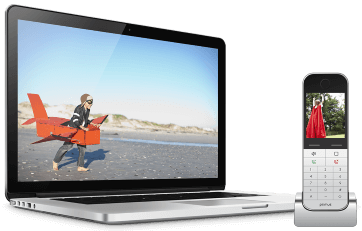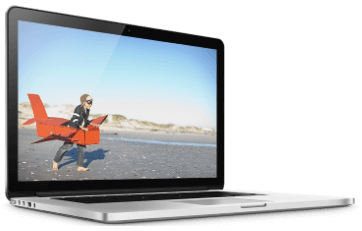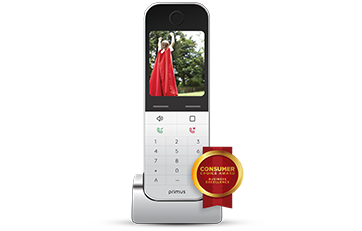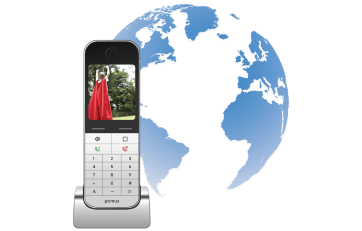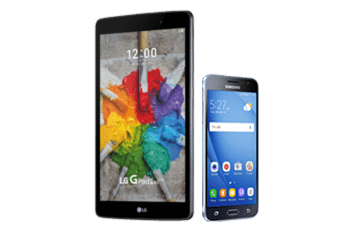Brought to you by Primus - a smart choice for your Internet and Home Phone services.
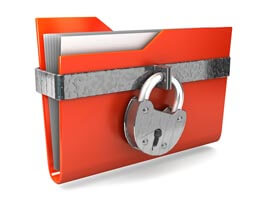
We know. You’re already bored. You get told to back up your files approximately twice a day, every day—usually by the same busybody family members who are always harping on about smoke alarm batteries and snow tires. And those things are boring.
Until you need those things, anyway.
Because fires happen. And black ice causes cars to skid. And computers crash—taking with them years of sentimental pictures, valuable financial data, and your entire collection of meticulously organized Tragically Hip albums.
So: you need a backup. Let’s look at your options.
External Hard Drives
An external hard drive is a hard drive, just like the one inside your computer, except it sits in its own container and connects to computers via a USB cable. Some external hard drives are small and portable. You can carry them around and, by extension, your files. Others are larger, live on your desk, and require their own power cable.
External hard drives are very easy to use. Once you plug in your external hard drive, you simply need to drag and drop files over. And you’re done. If you’re using a Mac, you can set up Time Machine to back up your computer to the external hard drive. And if you’re using Windows, you can use File History to create a backup on your external hard drive.
There are a few downsides to external hard drives. First of all, you need to physically plug in your computer to back up. You may not always have that luxury, and sometimes you may forget. Secondly, your external hard drive may not always be with you, and the data create between backups is at risk of being lost. Thirdly, the opposite can be a problem—if your hard drive is always with you, it can suffer whatever horrible problem has caused you to lose your data in the first place (for example, it’s in the same laptop bag that gets snatched on the street). And finally, all hard drives will eventually fail.
You should buy an external hard drive the same size or slightly larger than the size of the hard drive in your computer. Here’s a good list of the leading hard drives out there.
The Cloud
The cloud isn’t as fuzzy a concept as many would have you believe. The Cloud is just the storage space and processing power of a bunch of different computers connected over the Internet. You can use services like iCloud, Dropbox, Google Drive, and more to back up files to storage space owned by these companies over the Internet.
Cloud storage is inexpensive. Most companies offer you a small amount of free space and then charge you a few bucks a month for more storage. All you need to back up your files is an Internet connection. True story: an acquaintance recently lost his iPhone to water damage (on vacation, he threw it in a pool while trying to dodge a massive wasp; he lived, his phone did not). Replacing the iPhone wasn’t fun, but because the entire thing was backed up to iCloud, it was a simple matter of logging in on his new device and presto—everything he had, down to settings and preferences, was back.
There are a few downsides though. If you have a lot of files to back up, you could be looking at eating up a lot of your monthly data. Furthermore, it’s also true that cloud storage has been hacked in the past.
Multiple Backups
If you really want to be safe, you should be using both types of backup. Whatever horrible thing ruins your computer can ruin at least one of your backups—say, a power surge that destroys both your computer and external hard drive, but can’t touch cloud storage. Or a malicious hacker who goes after your Apple ID and erases everything on your machine, but can’t touch your external hard drive. Two backups—for peace of mind.
The Bottom Line
Set up a backup now. Don’t wait until your computer is a bit more organized, or you finally upload all your vacation pictures, or until hard drives go on sale. Get it done now. Future you will thank present you.

